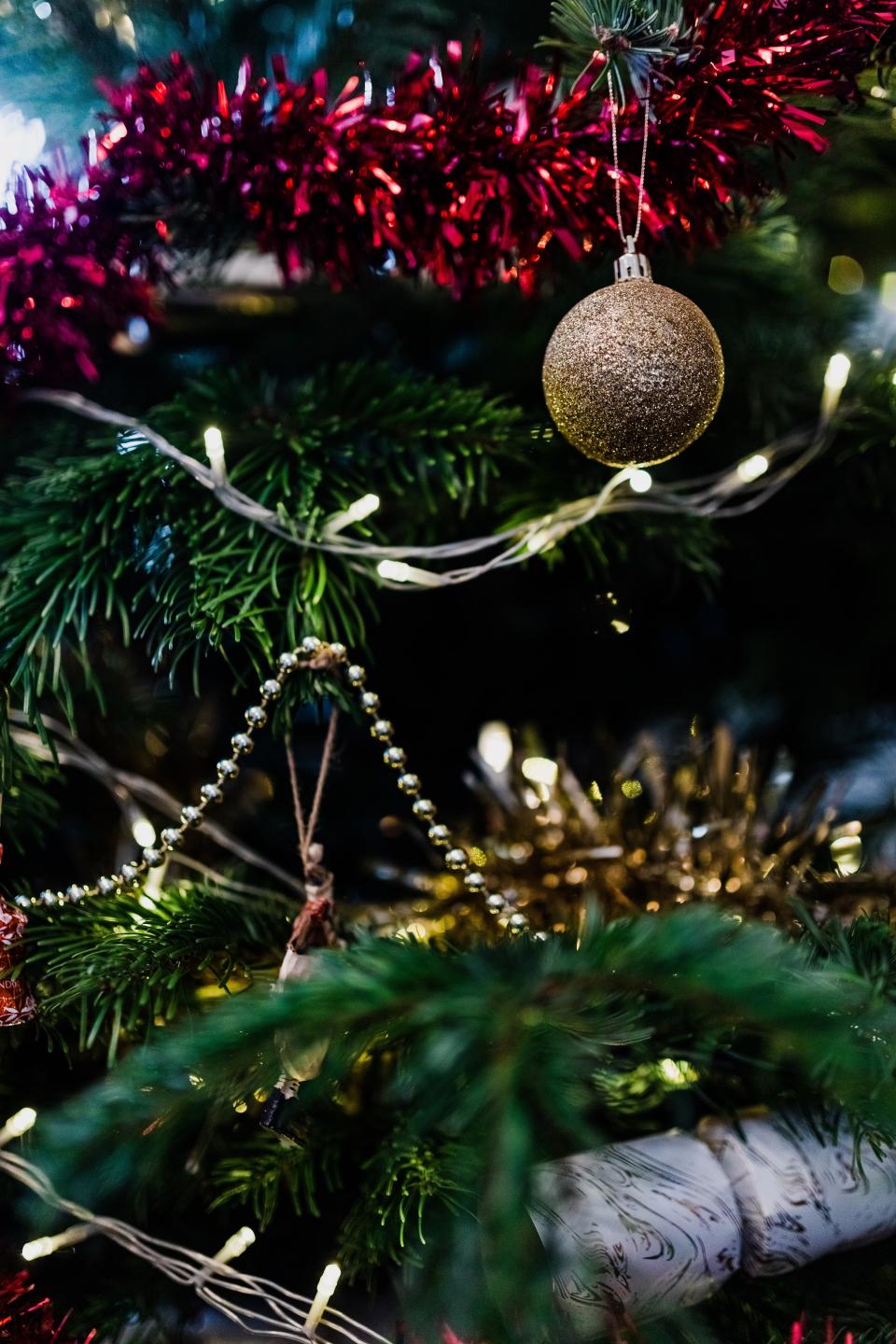Gardening: Here's what you need to know about caring for a live Christmas tree
There are many reasons to choose a real Christmas tree over an artificial one but from my perspective, nothing beats the smell of a live tree. The minute a live tree is dragged into the home in December, the unmistakable smell of balsam, fir or pine envelops the room and the olfactory senses trigger fond memories of family Christmases from years ago.
Ohio Christmas tree growers with whom I have worked over the years would tell you that there are other good reasons to choose a live Christmas tree rather than an artificial one, including the fact that live trees are more environmentally friendly than artificial trees.
Christmas trees are planted specifically for harvest and subsequent replanting and an acre of growing trees produces enough oxygen to support 18 people each day, according to the National Christmas Tree Association.

Each Christmas tree will also remove up to one ton of carbon dioxide from the atmosphere during its lifetime, the National Tree Association says. And real Christmas trees can be recycled through chipping and composting.
Tree farms: Cutting a live Christmas tree? Here's where to go in Greater Columbus
Choosing a fresh tree
You can be assured of getting a fresh tree if you cut your own from a local tree farm. While this is a cherished family tradition for many, the convenience of purchasing a pre-cut tree is more attractive for others.
To check a pre-cut tree for freshness, look for flexible needles that remain firmly attached when you tug on them. All needled evergreens shed their oldest needles every year, so do not be concerned when brown needles fall from the interior of the tree when you knock the base of the tree on the ground. Just make sure they are thoroughly shaken off the tree before taking it indoors. If the outermost green needles pull out easily, or if they appear a dull, lifeless green, the tree may be past its prime.

Maintaining a tree's freshness and aroma
A tree stand should have a water basin that provides 1 quart of water per inch of stem diameter. For most Christmas trees, the stand should hold at least 1 gallon of water. A cut tree will absorb a surprising amount of water, particularly during the first week, so replenish the water daily. Avoid whittling down the sides of the trunk to fit a stand. The outer layers of wood are the most efficient in taking up water and should not be removed.
If the tree is to be stored for more than a couple of days before display, it is advisable to place its trunk in water and store it in a cool, shaded and protected area such as an unheated garage.
Tree decorating tips: We turned to an expert for advice
If the tree has been cut within 12 hours of set-up inside the home, it will not be necessary to recut the trunk. If it has been longer than 12 hours since harvest, the trunk should be recut to improve water uptake. Cut off a disc of wood about ¼-inch thick from the base of the trunk and be sure to make the cut perpendicular to the stem axis. Don't cut the trunk at an angle, or into a v-shape, which makes it more difficult to hold the tree in the stand and reduces the amount of water available to the tree.
Check the stand daily to make sure that the level of water does not go below the base of the tree. With many stands, there can still be water in the stand even though the base of the tree is no longer submerged in water. Drilling a hole in the base of the trunk does not improve water uptake.
Do not use additives, such as floral preservatives, commercial tree preservatives, molasses, sugar, bleach, soft drinks, aspirin, honey, or other concoctions in the water, as they have no proven benefit to maintaining freshness or improving water uptake. Clean water is all that is needed to maintain freshness.

Consider a living tree
You might also consider choosing a live tree, which can be planted outdoors after the holidays. Live trees can be purchased in plastic nursery containers or with their root balls wrapped in burlap. While such trees cost a little more than cut trees, the obvious benefit is that you get to add a tree to your home landscape afterward.
Just in case the ground freezes before you get a chance to plant your live tree in January, it's best to dig the planting hole now. Be sure to dig the hole two to three times wider than the diameter of the container or root ball of the tree purchased. The hole should be dug to the same depth as the container or root ball. Soil dug from the hole can be stored in the garage in a wheelbarrow or large containers to avoid freezing.
Whether you choose a live or cut tree, choosing a real tree can make your family’s holiday more memorable.
This article originally appeared on The Columbus Dispatch: Live Christmas trees: How to choose, care for to maintain freshness

